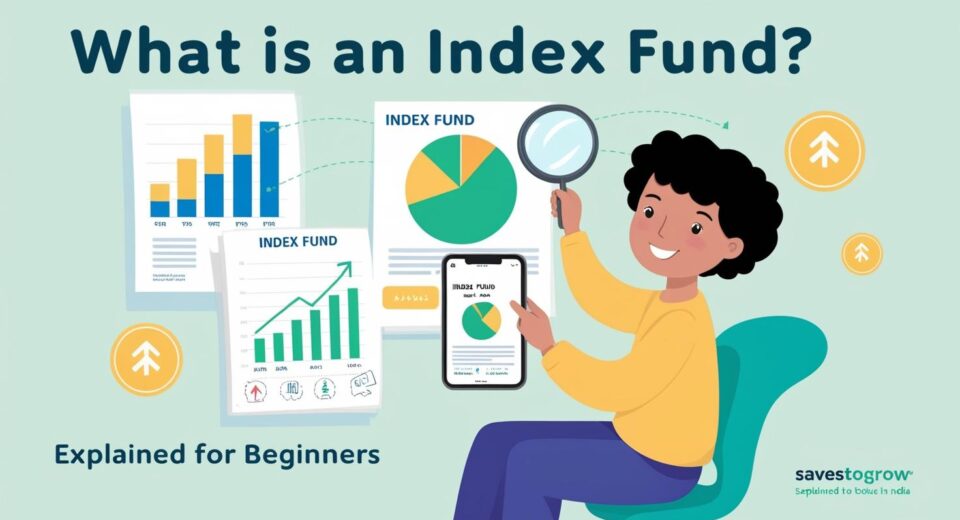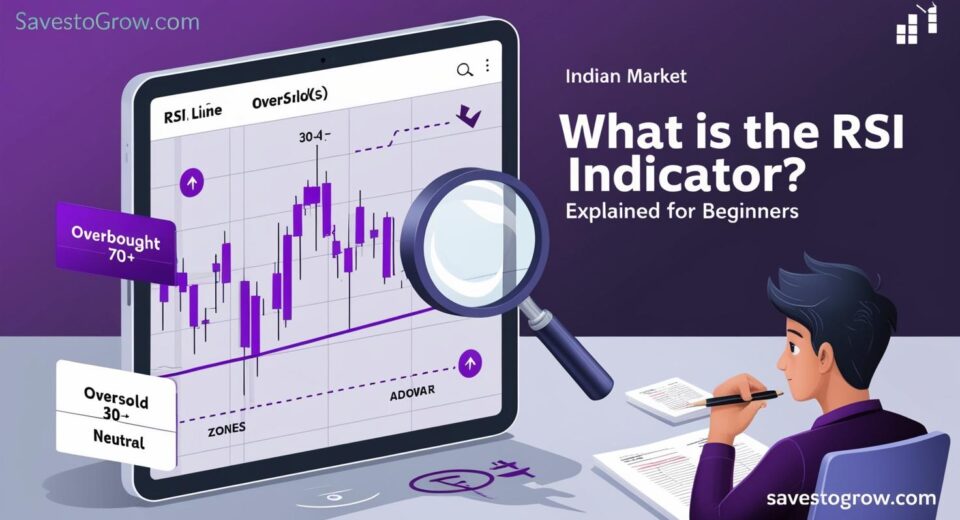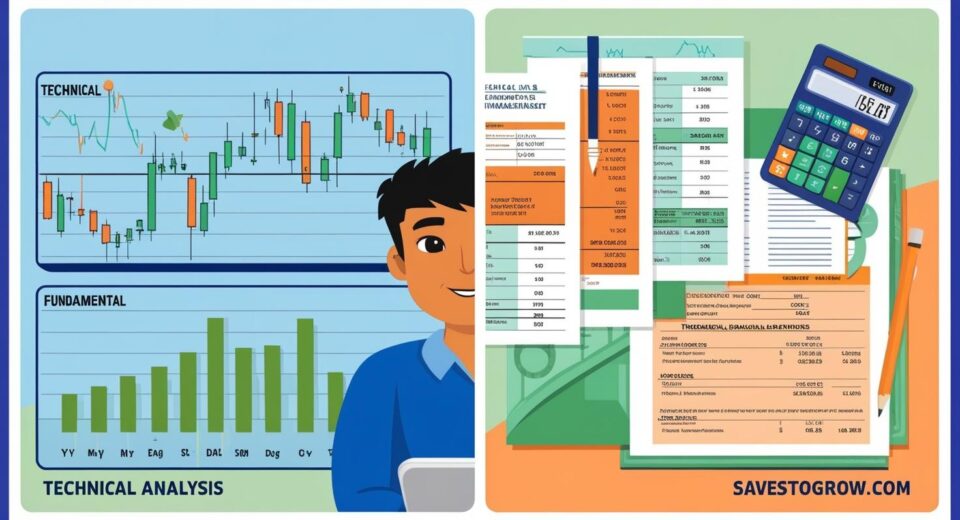What Is a Brokerage Charge in India? Explained for Beginners
Introduction: The “Hidden Cost” of Trading Imagine buying a movie ticket online—you pay ₹200 for the ticket, but the app adds a ₹20 convenience fee. That extra fee is like brokerage in stock trading. Every time you buy or sell stocks, mutual funds, or ETFs, your broker charges a small fee. But how much? And can you reduce […]










